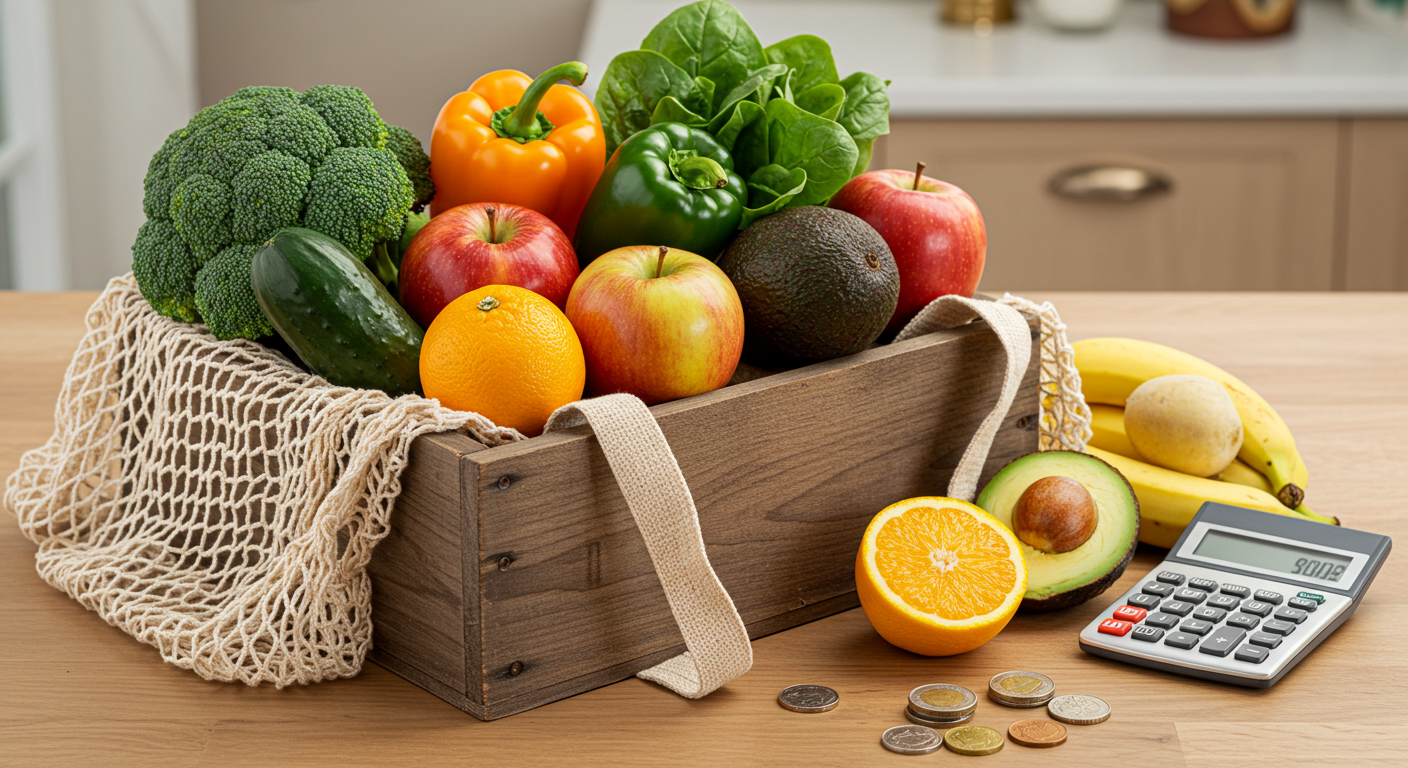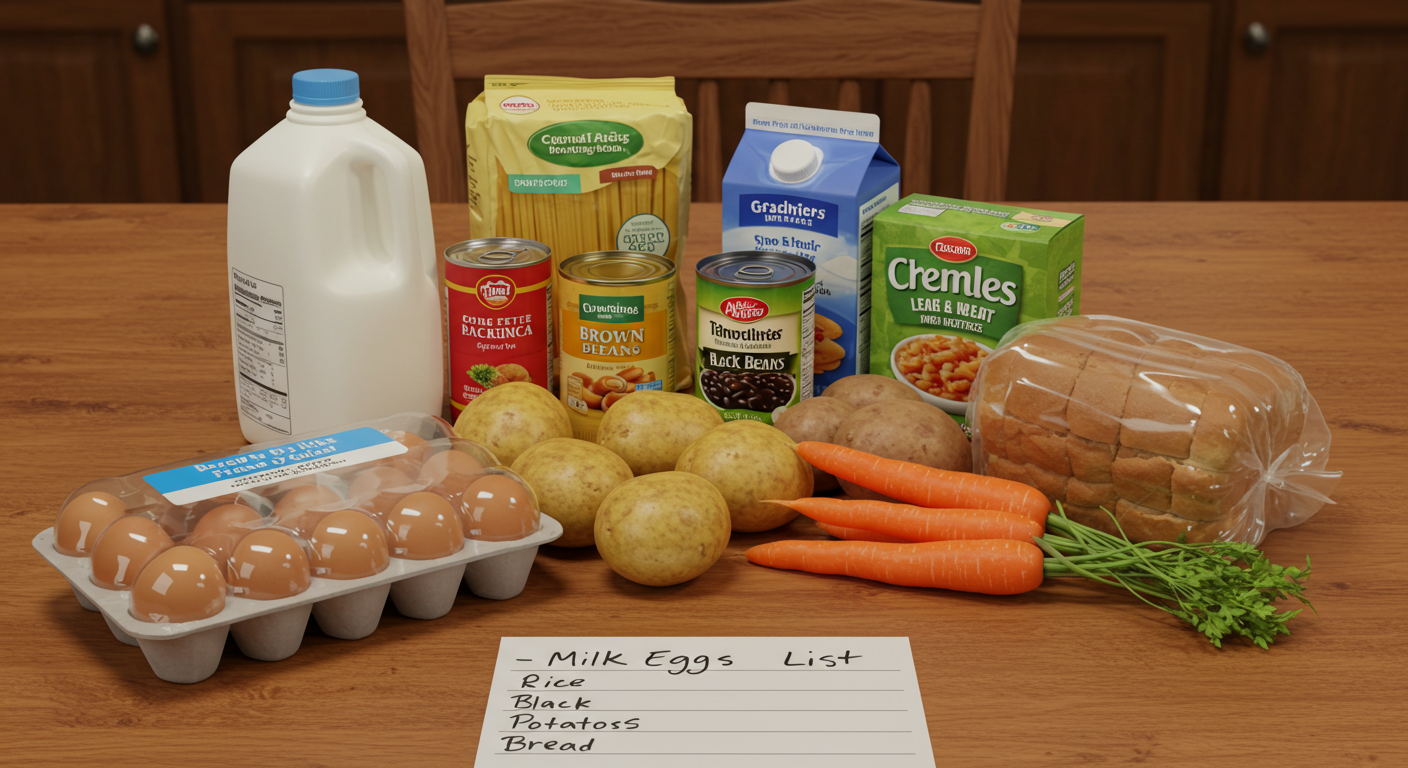Shop Your Pantry First: A Simple Way To Save Big Before You Sho
We’ve all done it—stood in a grocery aisle staring at a cart full of food, only to come home and find two cans of black beans already in the back of the pantry.
If you’ve ever wasted money on food you didn’t need (or let good ingredients expire in the back of a cupboard), this post is for you.
“Shop your pantry” isn’t just a cute phrase. It’s a mindset shift that helps you save money, reduce food waste, and meal plan more efficiently—just by using what you already have.
What Does It Mean to “Shop Your Pantry”?
Shopping your pantry means treating your home like your first grocery store.
It’s the process of checking your pantry, fridge, and freezer before you plan meals or head to the supermarket. The goal is simple: use what you already have before spending more money.
And yes—your pantry includes your fridge, freezer, spice cabinet, and even half-used jars in the back of a shelf.
Why You Should Shop Your Pantry First
Shopping your pantry isn’t just smart—it’s strategic. Here’s why this simple habit makes a big impact:
It Saves Money
It Reduces Food Waste
It Speeds Up Meal Planning
It Makes Grocery Shopping More Purposeful
How to Shop Your Pantry in 5 Simple Steps
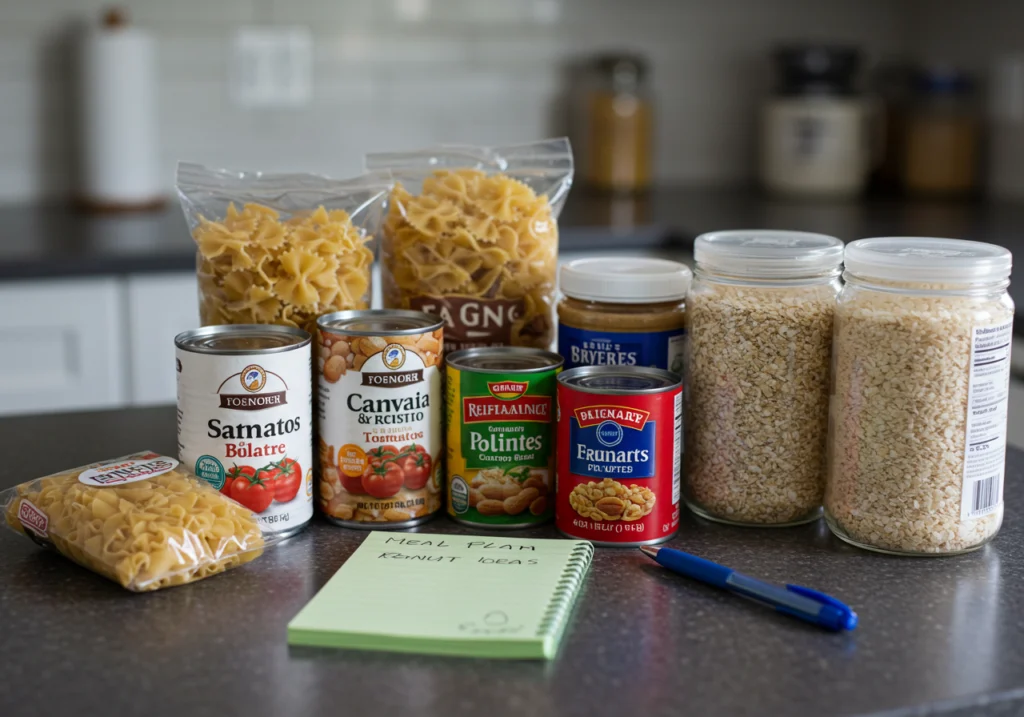
You don’t need a spreadsheet or a perfect pantry. Just follow these five easy steps:
1. Check What You Already Have
Start with a 5-minute scan of your dry pantry, fridge, and freezer. Grab a notepad or your phone and jot down:
2. Group Ingredients by Meal Possibilities
Look for combinations. What goes together?
No need to get fancy—just match what you already have into easy meals.
3. Note What Needs to Be Used Soon
Got a half-bag of spinach? Leftover chicken? Prioritize those.
Not sure how long something lasts? These food storage tips from Save The Food can help you keep ingredients fresh and safe to eat longer — so you get the most from your pantry.
Build your meal plan around anything nearing expiration so you waste less and eat fresher.
4. Build Your Meal Plan Around Those Items
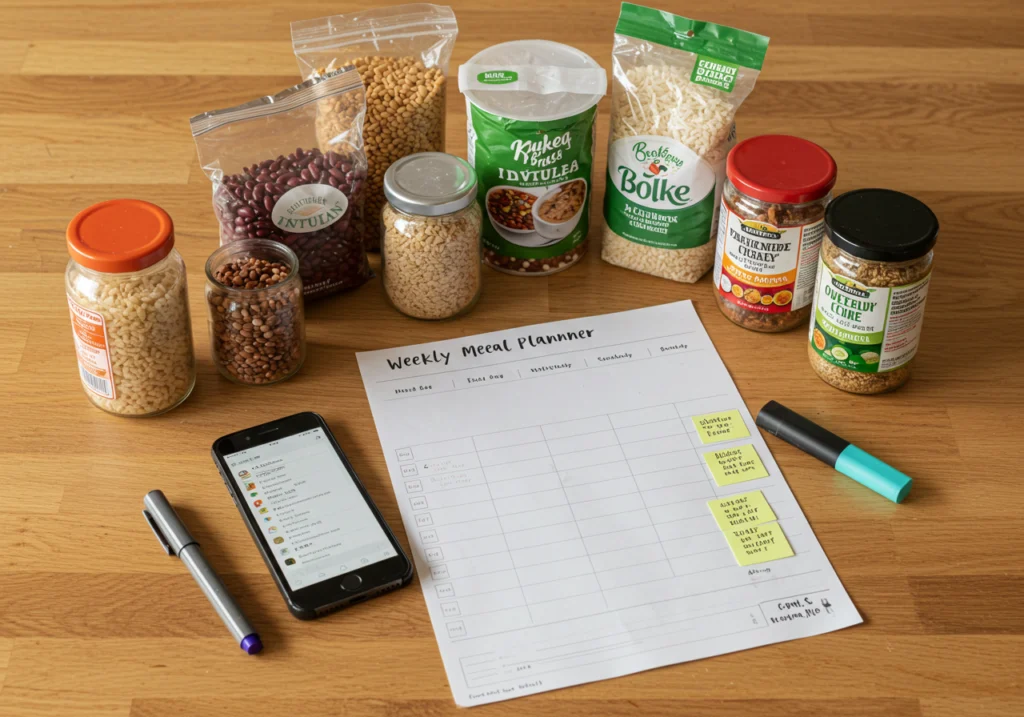
Make 3–5 meals based on what’s already in your kitchen. Fill in gaps with what’s on sale or needed.
You might be closer to a full week of meals than you think.
5. Make a Short Grocery List (Only for Complements)
Once you know what meals you’re building, shop only for what completes those meals.
Example: if you’re making burritos but missing tortillas and salsa—that’s all you need to buy.
Pantry-Friendly Meal Ideas to Get You Started
Need a jumpstart? Here are a few easy pantry-based meals you can likely make with minimal additions:
Bonus Tip: Keep a Pantry Inventory
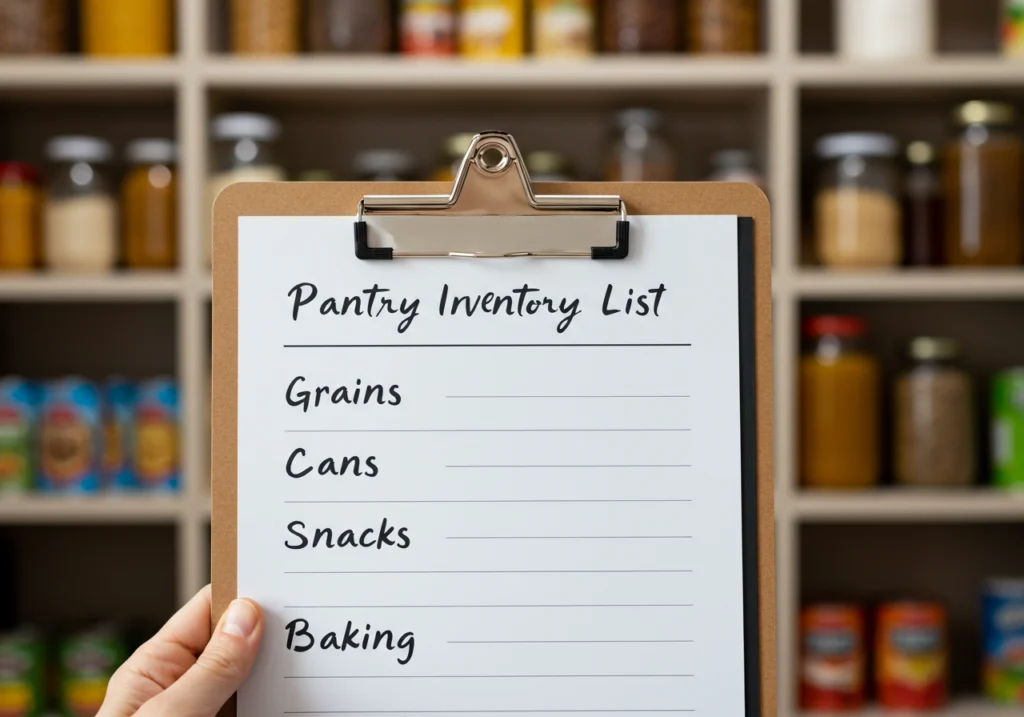
Want to make this process even easier? Keep a simple pantry inventory list so you always know what you have.
It helps you:
Final Thought: Make “Pantry First” Your New Habit
Before your next grocery run, pause. Open your cabinets, peek in the fridge, glance in the freezer.
You might already have the ingredients for dinner (or three nights of it). That’s money saved, food rescued, and stress avoided.
Want to build smarter food habits? Start where you are. Shop your pantry first.
Have you tried pantry-first meal planning?
Share your favorite “surprise” pantry meal in the comments—or your top tips for making the most of what you already have.


